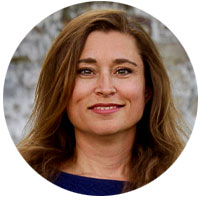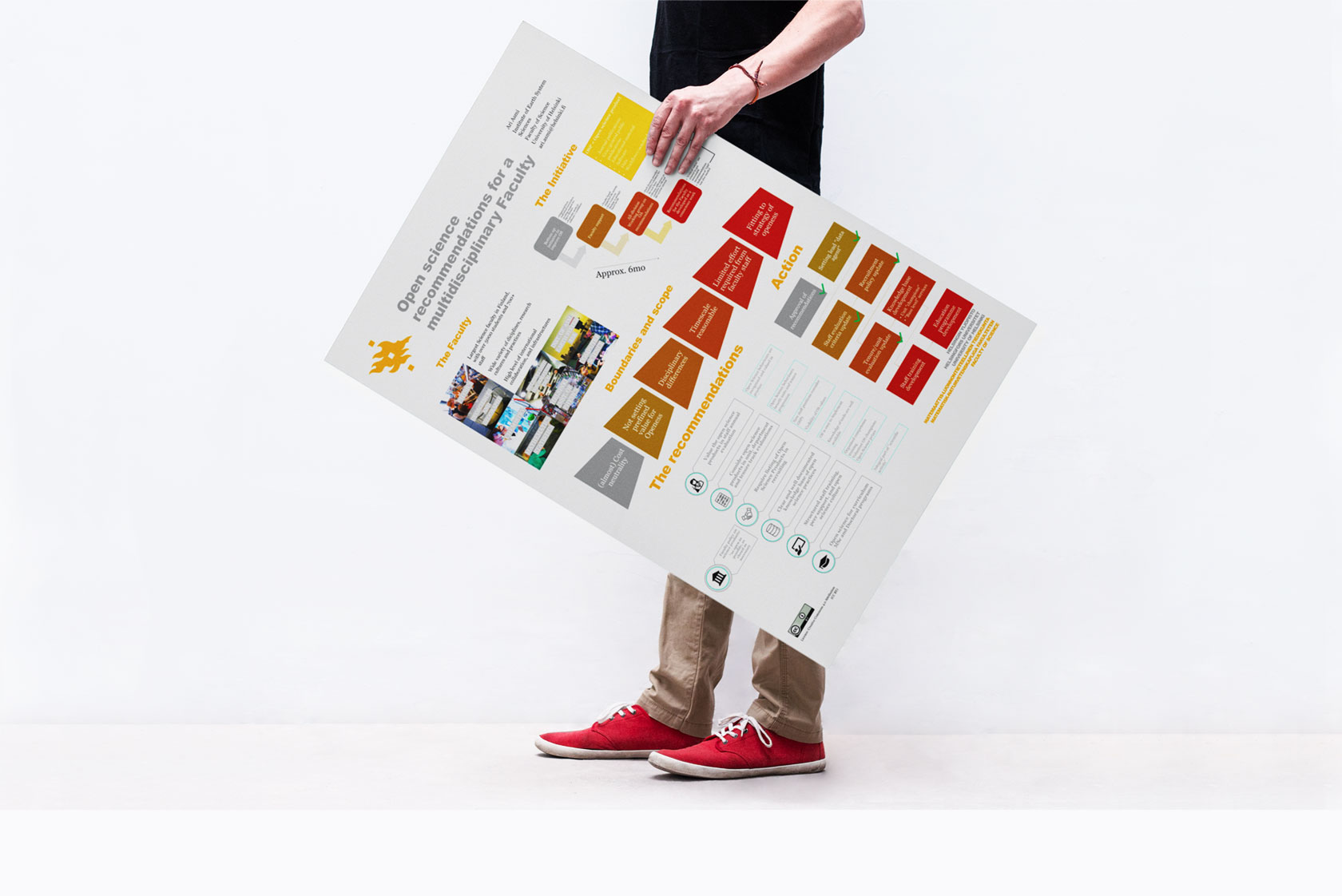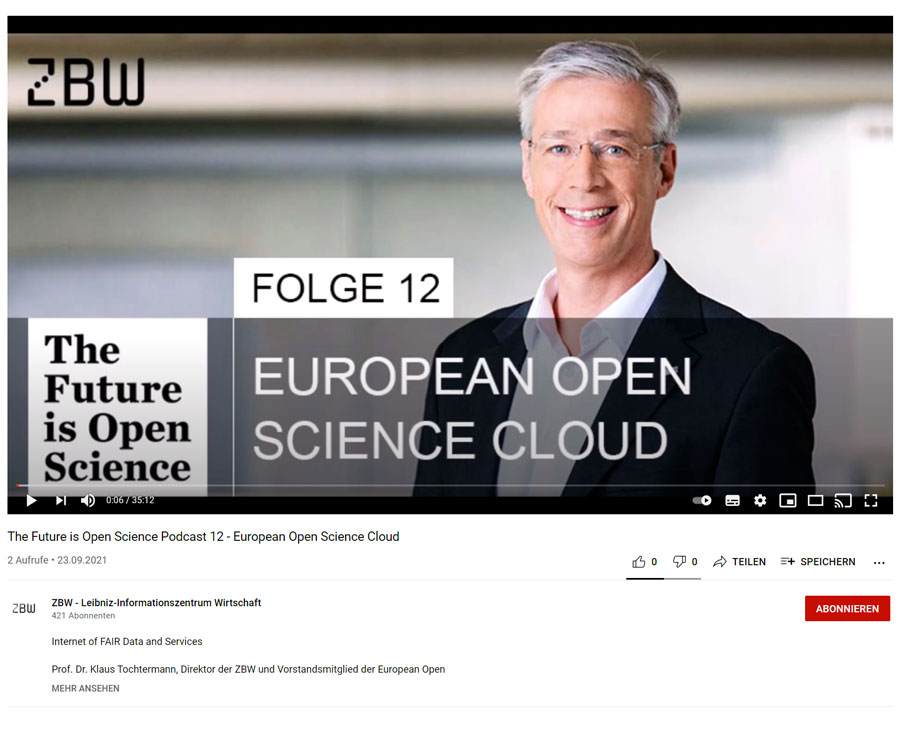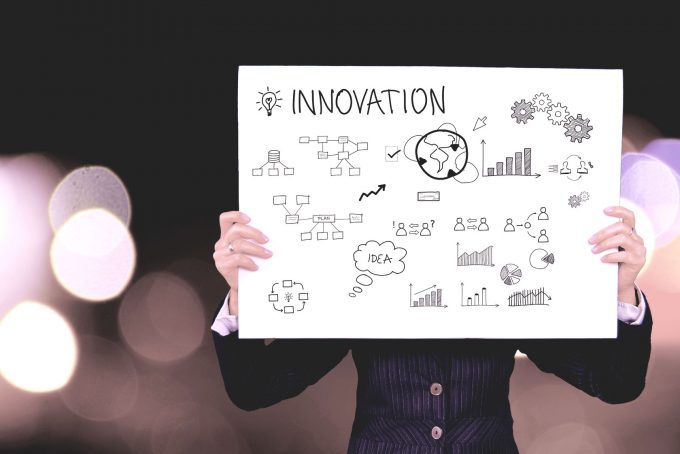
European Open Science Cloud: Small Projects, Big Plans and 1 Billion EUR
The mishmash in relation to research data environments on a national, European and global level is complicated. In a podcast interview, board member of the newly established EOSC Association, Prof. Dr Klaus Tochtermann untangles the confusion. We have summarised the key points of the interview in a blog post.
by Claudia Sittner

Prof. Dr Klaus Tochtermann is Director of the ZBW – Leibniz Information Centre for Economics, Member of the German Council for Scientific Information Infrastructures (RfII) and board member of the recently established European Open Science Cloud Association (EOSC Association). He was a member of the EOSC’s High Level Expert Group and the EOSC working group for sustainability for many years. He also founded, in 2012, the Leibniz Research Alliance Open Science, the international Open Science Conference and the associated Barcamp Open Science.
Recently, he was interviewed by host Dr Doreen Siegfried (ZBW) in the ZBW podcast “The Future is Open Science” on the future of the European Open Science Cloud and the complexity of the landscape for research data. This blog post is a shortened version of the podcast episode “European Open Science Cloud – Internet of FAIR Data and Services” with Klaus Tochtermann. You can listen to the entire episode (35 minutes) here (German).
Why the name European Open Science Cloud never fitted
Something that will surprise many people: “The terminology of the EOSC was never appropriate – even in 2015”, according to Tochtermann. Back then – as the initial ideas for the EOSC were being developed and small projects were commencing – it was neither European, nor Open, nor Science nor a Cloud:
“It isn’t European – because research doesn’t stop at the regional borders of Europe, but instead many research groups are internationally networked. It isn’t open – because even in science there is data that requires protection such as patient data. It isn’t science – because many scientific research projects also use data from economy. And it isn’t cloud – because the point is not to deposit all data centrally in a cloud solution”, explains Klaus Tochtermann. The term was specified by the European Commission at the time and is now established. Among experts, the term “Internet of FAIR Data and Services” (IFDS) is preferred, says Tochtermann.
Preparatory phase 2015 to 2020
The EOSC started in 2015 with the aim “to provide European researchers, innovators, companies and citizens with a federated and open multi-disciplinary environment where they can publish, find and re-use data, tools and services for research, innovation and educational purposes.” (European Commission).
Since then, 320 million EUR have been deployed to fund 50 projects relating to research data management. These have however only shed light on individual aspects of the EOSC. “In fact, we are still a long way from being able to offer EOSC operationally in the scientific system”, says Tochtermann.
The funds were integrated into a research framework programme that only financed smaller projects at a time – this is owing to the way the European Commission functions and how it funds research. That’s why there was never one big EOSC project, but many small individual projects. These examined issues such as: “What would a search engine for research data look like? How can identifiers for research data be managed?”, explains the ZBW director.
Large projects EOSC Secretariat and EOSC Future
Then the EOSC went into the next phase with two large projects: EOSC Secretariat and EOSC Future. Running time: 30 months. Budget: 41 million EUR. Both are intended to bring together all previous projects in the direction of EOSC, i.e. to enable convergence and actually draw up a “System EOSC”. All puzzle parts from earlier small projects are now being put together to form a large EOSC blueprint.
Founding of the EOSC Association
The EOSC Association was founded in 2020. It is a formal institution and a foundation under Belgian law. It is headquartered in Brussels and will consolidate all activities. A board of directors has been appointed to coordinate the activities, made up of the president Karl Luyben and a further eight members, including Klaus Tochtermann.
In February 2021, the Strategic Research and Innovation Agenda (SRIA, PDF) laid down what the EOSC Association should achieve over the next few years. From now on, all EOSC projects must be orientated on these SRIA guidelines.
Initial time plan for the European Open Science Cloud
The Strategic Research and Innovation Agenda anticipates various development stages with precisely defined timetables. Basis functionalities are classified as “EOSC Core”, a level that should be implemented by 2023. Here, elements such as search, storage/save or a log-in function will be realised. This will be followed by the launch of “EOSC Exchange”, which deals with more complex functionalities and services for special data analyses of research datasets.
Collaboration between the EOSC Association and the European Commission
On the question of how the European Open Science Cloud Association and the European Commission cooperate with each other, Tochtermann emphasises the good relationship to the Commission. The so called partnership model, which is new for everyone and first needs to be experienced, forms the framework for this. However, sometimes the time windows in which the Commission wants reactions from the EOSC Association are very narrow. “I’m glad we have a very strong president of the EOSC Association, who also has the backbone to ensure that we are not always confronted with such short time windows, where reactions are sometimes simply not possible because the subject matter is too complex. But overall it works well”, Tochtermann sums up.
Financing the EOSC Association: 1 billion EUR
For the next ten years, 1 billion EUR is being made available for the development of the EOSC – half from the European Commission and half by the 27 member states of the EU. This was negotiated between the European Commission and the EOSC Association from December 2020 to July 2021 and laid down in an agreement (PDF, the Memorandum of Understanding for the Co-progammed Euroepean Partnership on the European Open Science Cloud.
The EOSC Association also raises further funds through membership fees. According to Klaus Tochtermann: “Members are not individuals, but organisations such as the ZBW or the NFDI Association in Germany. (…) Members can choose between full membership, meaning they can take part in all votes and currently pay a contribution of 10,000 EUR per year. Or they can be an observer, where (…) they have a less active role and are not allowed to vote in the annual general meeting. As an observer, you pay 2,000 EUR.” The contributions of the 200 members currently generate a budget of around 1.5 million EUR for the EOSC Association. This is being utilised to build up staff in the office, among other things.
EOSC, NFDI and Gaia-X: a confusing mishmash?
As well as the EOSC, there are further projects in Germany and Europe aimed at implementing large research data infrastructures. The most well-known from a German perspective are the National Research Data Infrastructure (NFDI) and Gaia-X. All three projects – EOSC, NFDI and Gaia-X are technically linked. They are all technical infrastructures. But how do they differ?
-
National Research Data Infrastructure
As well as the European EOSC, there is the NFDI (German) in Germany, which was founded by the German Council for Scientific Information Infrastructures (RfII).
The NFDI – similarly to the EOSC – deals with the technical infrastructure for research data, but is also concerned with the networking people, i.e. the scientific community, says Tochtermann. The NFDI thereby focusses on individual disciplines such as economics, social sciences, material sciences or chemistry.
The NFDI directorate, a central coordinating body, brings the individual NFDI initiatives together, so that they interact. This takes places through working groups and applies above all to cross-discipline or discipline-independent topics. Klaus Tochtermann gives the following examples:
- digital long-term archiving of research data,
- allocation of unique identifiers for a data set,
- single login or single sign-in for the research data infrastructure NFDI,
- interoperability of systems,
- uniform metadata standards and
- uniform protocols.
-
Gaia-X
On the other hand, there is Gaia-X: “Gaia-X is an initiative which aims to offer companies in Germany and Europe a European infrastructure for the management, i.e. storage of their data, for example, because many of them opt for services from America or China”, explains Tochtermann. As well as in its target group (including industry, companies), Gaia-X also differs from the EOSC and the NFDI in relation to the major role that the topic of data sovereignty plays in the project. Klaus Tochtermann summarises this as follows: “Data sovereignty means that when I generate data, I can follow who is using my data for what purposes at any time. And if I don’t want this, then I can also say, ’I don’t want my data to go there.’”
How can you learn more about the EOSC?
The EOSC Portal is an information platform that gives details about the services that will be playing a role at the EOSC at a later date. These include services such as European research data repositories. It’s a good place to start if you want to find out more about the EOSC.
Take part in the development of the EOSC
Anyone who wants to get involved in the EOSC can do so in the Advisory Groups. Six of these have been set up initially, to explore topics such as curricula in the field of research data, FAIR data and metadata standards. There was an open call to participate in these groups, for which around 500 applications were received. Most of them came from France (18 percent) and Germany (17 percent) which shows how much the EOSC has already caught on in both countries, says Tochtermann. A selection from these 500 applications will now be used to fill the six working groups.
On the website of the EOSC Association, you will also find regular “Calls and Grants”, which people can apply for, or job applications https://www.eosc.eu/careers. For up-to-date information, you can subscribe to the monthly newsletter https://www.eosc.eu/newsletter or follow the EOSC Association on Twitter @eoscassociation.
This blogpost is a translation from German.
Related Links
- EOSC Association
- EOSC Portal
- EOSC Secretariat
- EOSC Future
- Gaia-X – A Federated Secure Data Infrastructure
- National Research Data Infrastructure (NFDI, German)
This might also interest you:
- Episode 12 of the ZBW podcast „The Future is Open Science“ with Prof. Dr Klaus Tochtermann on the European Open Science Cloud (German)
- FAIR Data: Many paths lead to the EOSC
- New open science reports: How to put EOSC and FAIR into practice
- OSPP-REC: Towards the European Open Science Agenda
Claudia Sittner studied journalism and languages in Hamburg and London. She was a long time lecturer at the ZBW publication Wirtschaftsdienst – a journal for economic policy, and is now the managing editor of the blog ZBW MediaTalk. She is also a freelance travel blogger (German), speaker and author. She can also be found on LinkedIn, Twitter and Xing.
Portrait: Claudia Sittner©
View Comments

Open Science: How to Implement it in a Multidisciplinary Faculty – 7 Recommendations
Ideally, the implementation of Open Science should take little time and resources and...




